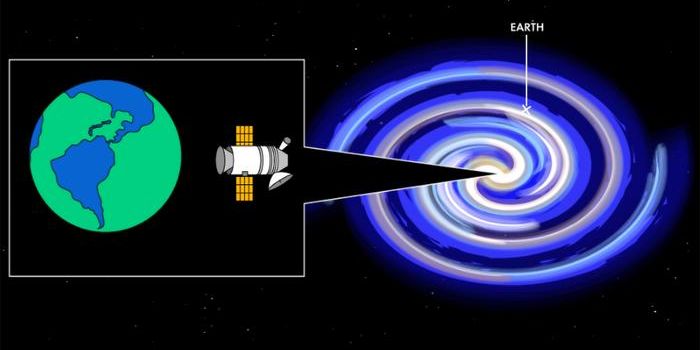The 'Fulton Gap' Could Explain an Ongoing Question Regarding Planet Formation
When looking at the bulk of distant exoplanets discovered by astronomers over the years, one thing seems obvious: most of those are either smaller to or equivalent in size to that of the Earth, or vastly larger. Captivatingly, there aren’t many worlds in the 1.5-2x the size of Earth range, a phenomenon commonly referred to by astronomers as the ‘Fulton Gap.’
It would appear that it’s particularly challenging to explain why exoplanets in this size range are so elusive, and to some astronomers, the answer may have implications for our understanding of how planets form.
One theory is that rocky planetary cores are either massive enough to cling onto their vast and gassy atmospheres, or that they're too small to do so and lose it to outer space. With that in mind, the ‘Fulton Gap’ may describe the ‘sweet spot’ in which this process occurs, and this would explain the current circumstances.
For what it’s worth, NASA’s Kepler Space Telescope only surveyed a small portion of the sky, and the Transiting Exoplanet Survey Satellite (TESS) hopes to observe a much more significant part of the sky, hopefully discovering a lot more exoplanets as it does. It’s possible that TESS could find more exoplanets that fit within the so-called ‘Fulton Gap,’ but if not, then the theory above seems highly likely.








